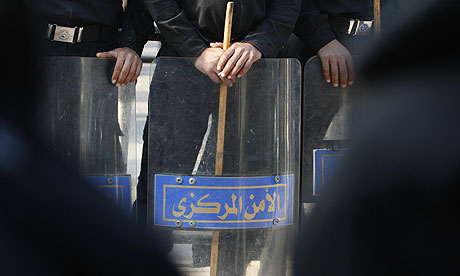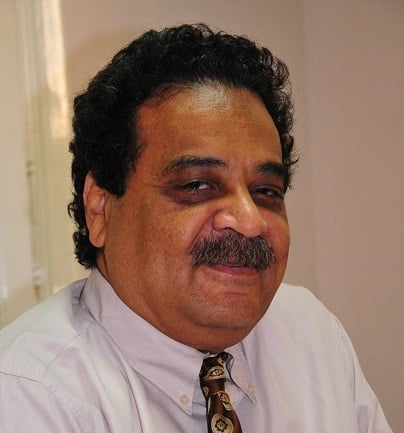
The Muslim Brotherhood refuses to be anything but a problematic “existence”. Trying to identify what kind of political entity the Brotherhood is has always been problematic. Trying to work with the Brotherhood during Mubarak’s late years hasn’t been an easy process either. Adapting to the Brotherhood’s repeated administrative failures during former president Mohamed Morsi’s presidency was beyond difficult. It was almost impossible.
Similarly, and even though the Brotherhood is out of power, coping with them and with what they’re doing post-Morsi is a process too difficult to be realised. Most likely, the Brotherhood’s problematic, antagonism-driven behavior will lead to inevitable episodes of violence.
While most of us are expecting a violent confrontation between the two major actors, the army and the Brotherhood, the more likely scenario would involve a series of violent confrontations on a small scale between small groups of pro-Morsi protesters and different forces in the state and society.
Among the frequent outcomes of revolutions is the emergence of radicals in the camps of the revolution and the old regime. The Brotherhood’s camp already contains radicals from its very beginning. Hearing all the threatening speeches said by Brotherhood leadership indeed points to how these radicals are being used by the leadership.
However, the real danger would be the moment when small groups of these radicals decide to become a separate entity, no longer coordinating with the Brotherhood and most likely seeing the Brotherhood to no longer be representative of them. Such small radical groups might well continue even after the sit-ins are dispersed.
At the same time, the Brotherhood managed to make new enemies wherever they went. One of the most serious confrontations the Brotherhood has to face wherever they go now is with individual citizens, inhabitants of the neighborhoods the Brotherhood decides to brutally abuse by their very unique sit-ins.
Morsi’s supporters have managed to resurrect a social force that hasn’t been active in years. Usually political revolutions like those which took place in January 2011 and June 2013 do not involve any class-based mobilisation. However, what we’re witnessing right now involves an evident middle and lower-middle class mobilisation.
And while there are thousands who are waiting for the army to diffuse and disperse the sit-in in Rabaa, it has become clear that there is no way to do this without violence and casualties.
This sad fact is due to many reasons the most important out of which is how the Brotherhood itself has sent many political messages and sometimes even direct outspoken messages saying they will not allow the dispersal of the sit-ins without a violent confrontation, to which they are ready to offer martyrs.
Other than how eager the Brotherhood is to see bloodshed so that it could use it internationally for political sympathy that would give it a boost in negotiations with the army, both the army and the police have horrific records of dispersing sit-ins and demonstrations.
There are those who really care about how humane and non-violent the sit-in dispersal is, and unfortunately there are those who don’t. However, it seems like it is no longer possible to actually avoid violence. Despite the statements the Ministry of Interior and the army are making about how peaceful their intervention will be, neither the Brotherhood has the political will to avoid violence, nor state and social forces have the techniques and experiences to give up the use of force.
Certainly there are measures to be taken to reduce the extent of violence and its consequences, but we have clearly passed the stage where it was possible to diffuse the political tension without violent confrontations of some sort.








